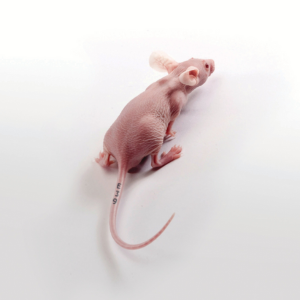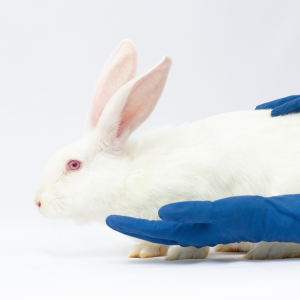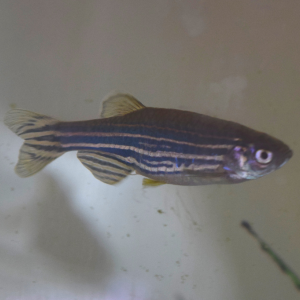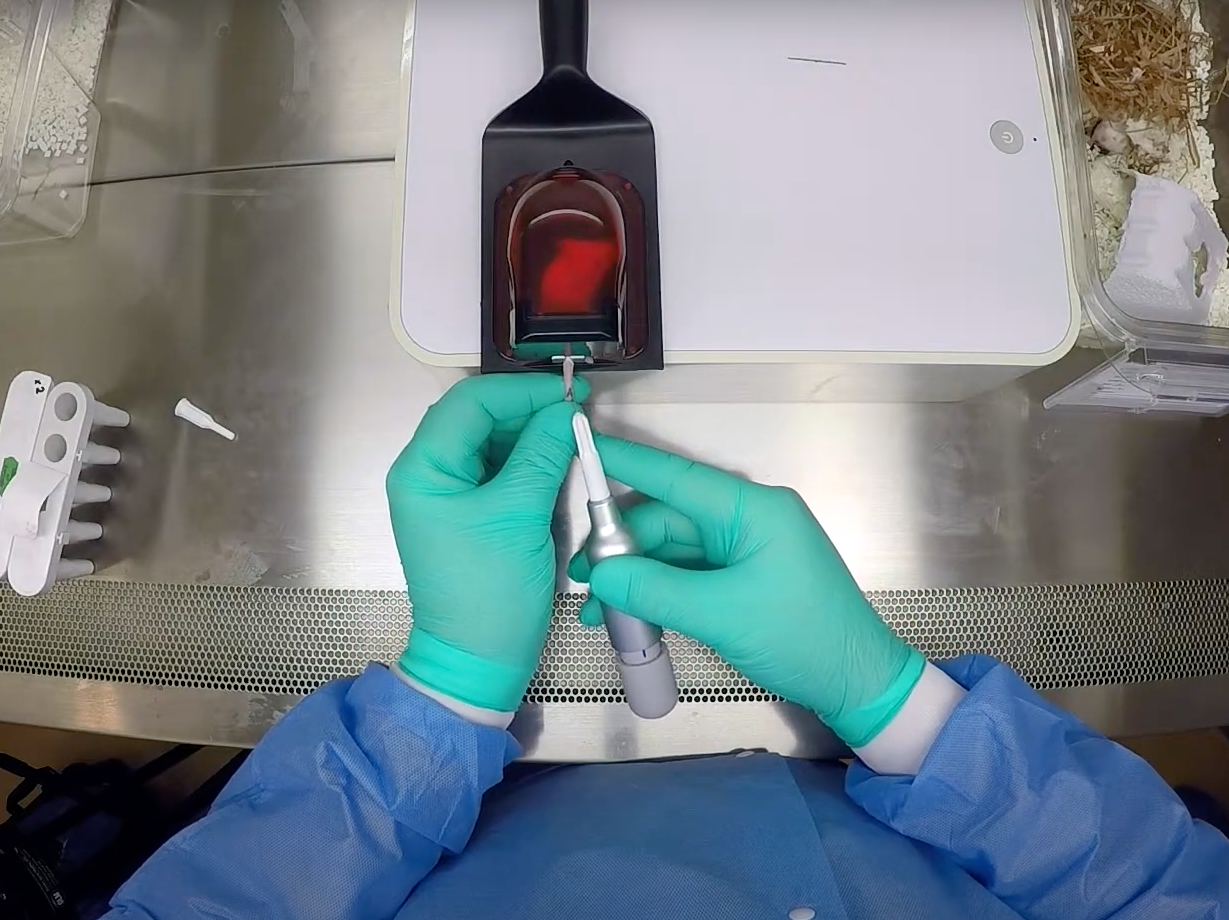
In the News
RFID based animal identification system for various species
Why an RFID based animal identification system can transform preclinical research no matter the species
At Somark Innovations we have continued to develop a radio frequency identification system that proves invaluable for preclinical research, technicians, facilities and for the animals themselves. By putting both animal welfare and handling of the highest priority back in 2012, we developed an RFID based animal identification system which was set to transform mouse ID as we knew it.
Over the past decade, we have assisted over 300+ research institutes, accurately identified 3+ million mice and seen the use of our RFID based animal identification system across 15+ global countries. The result? Better research for all.
Now, in 2024, we’re on a mission to maximize the welfare benefits and handling reductions seen in mouse identification by expanding our RFID technology across new laboratory species.
Existing laboratory identification systems are often scaled to meet the demands of a research program, but in doing so, we also witness both errors in data, readability and IDs as well as unreliable data in terms of excessively handled animals and general unrefined practices relating to ID application and use.
Our RFID platform was designed to overcome both of these obstacles and has proven to achieve this in the laboratory mouse. Now, we’ll work to facilitate this refinement in other laboratory species. By introducing our RFID based animal identification system to new laboratory animal species, we’re set to commence a new era in preclinical research identification.
Commonly used animal models
The reality we currently face in preclinical research is that animal models are the closest link to uncovering human responses to new, innovative and advanced medical treatments.
In 2019 across the US, there were 700,000+ animals used in research, excluding mice and rodents (which typically make up an additional few million) with this figure growing YoY. Globally, we can see up to 50 million+ animals used.
From this, it’s estimated that roughly 90% of these animals were rodents, fish and birds. As active businesses serving the preclinical research sector, it is our duty to refine the usage of animals for research, this is until an appropriate and well-investigated replacement is brought to market, or the FDA declines the use of animals in the program, reducing entirely. (As per the three Rs of Animal Research; reduce, replace, refine).
In order to refine the use of all species in laboratory research programs, we’re interested in gathering proof of concept data to validate our RFID based animal identification system in species other than the common laboratory mouse.
If you’re interested in working alongside Somark to assess the use of Digitail in your research model, then get in touch with us. We have already taken some exciting steps along the pathway of other species qualification.
Recently, we validated another species of lab animal, the gerbil, which can benefit from smaller tags, nonsurgical placement and the reduced risk of lost ID. In order to continue improving the welfare of various species, we’ve touched on the most common laboratory animal models below:



Mice / rodents
Rats and mice make up approximately 95% of all laboratory animals. This is why we introduced both Digitail and Labstamp to the mouse identification arena first and foremost.
Without solidifying the proof of our concepts in lab mice, we wouldn’t be able to cater our solutions to the wider species of laboratory animals.
Rabbits
Although used far less, rabbits comprise roughly 2.5% of the total animals used in preclinical research primarily due to their specific value for antibody research.
Birds
Birds, particularly passerine birds, are an important aspect of biological research, with close to 300,000 used worldwide annually. They’re particularly useful for applications where longevity is paramount since they have a longer lifespan than alternative similar-sized mammals.
Fish
Disease modelling on zebrafish has become increasingly popular. Although their use is still being refined in certain areas of research, the zebrafish has proven powerful for high throughput and high content disease modelling.
Refinement results in accurate, reliable research data
When posing the question of why RFID based animal identification systems are important to deploy in research programs, we must focus on the wider benefits of improved welfare.
Animal wellbeing is directly linked to ensuring research is conducted to the highest quality, this in turn will bring about the most reliable, repeatable and accurate research data. Ultimately, this leads to proper qualification of drug candidates and helps us optimize the correct medical treatments, advancing them onto clinical phases.
When we say better research data, we specifically refer to the features of our RFID based animal identification system and the benefits it can bring over other competitor tags.
Precise data:
Our tags are the most reliable way to achieve traceable data and automated collection. The unique identifier can go up to 24 characters, to scale alongside your model and ensure that there is a clear tracking history that isn’t threatened by the risk of human error.
Automated collection also results in a significant reduction in risks to misidentification or mix ups. The credibility in the data is improved through the use of an RFID platform, since researchers can trust that their data corresponds to the correct subjects.
Efficiency:
With automated collection comes operational efficiency. The efficiency of RFID based animal identification systems provides time and cost savings in terms of resource, overhead and maintenance. Pair this with the durability of our RFID tags and researchers can tend to focus on other higher-priority tasks.
The same can be said with the immediate data collected, where high-priority issues (should they arise) can be identified and addressed without risking the costs associated with lost animals or misidentifications.
Flexibility:
RFID based animal identification systems also boast the flexibility for use in various species. Digitail in particular, is a lightweight RFID tag, not to mention it also reigns as the world’s smallest tag with a total volume of 0.75mm3, our innovative tag is 16 times smaller than the typical glass transponder tags on today’s market.
With these features, the tag is highly versatile. We have already seen that natural behavior is unaffected when the tag is used in mice, fish and gerbils, while larger tags are often only applicable to larger primates during research.
We recognize that within an organization or research facility, it is likely that there will be a variety of research animal species in use. With Digitail, we hope you can standardize your RFID based animal identification system, working with a single method across multiple species.
If you’d like to join Somark Innovations in validating Digitail in new species and enter a new era of lab animal identification, contact us to discuss your current species.



